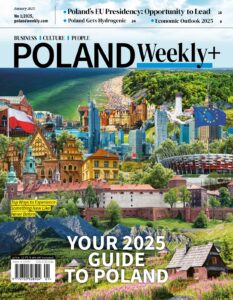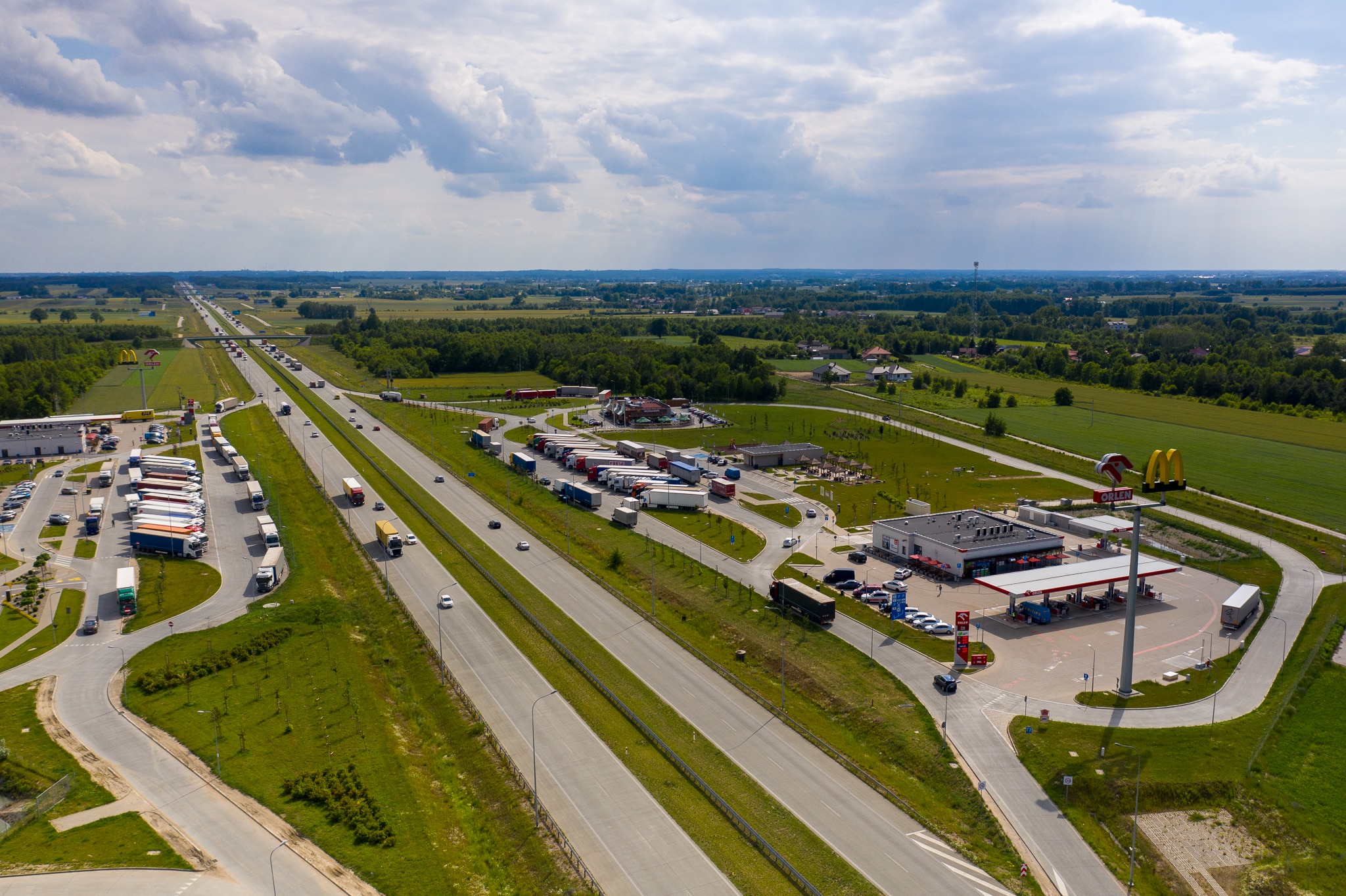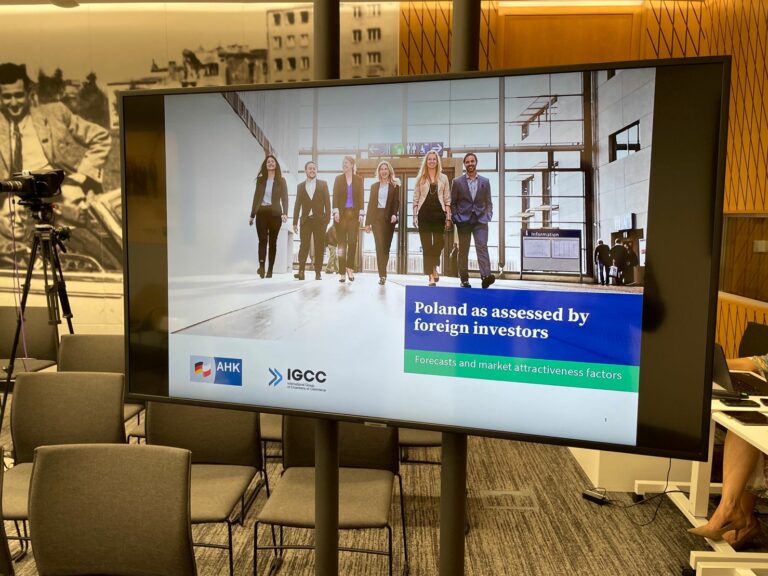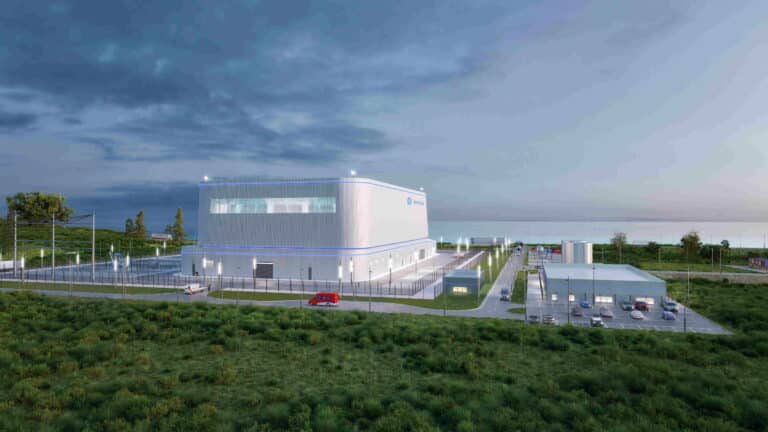Made in Poland
JLL’s latest report in concert with the Polish Investment & Trade Agency, Hays and ALTO – ‘Made in Poland. An Investment Guide for Manufacturing report’ – notes disrupted supply chains, shrinking labor markets, environmental issues and increasing prices of materials, components and energy as the chief challenges shaping the future of Poland’s manufacturing market.
“Poland, one of the most meaningful markets in the region, is right in the middle of these changes,” it writes.
Making it in Poland
According to Statistics Poland (GUS), Poland saw a record volume of foreign investments, totalling 3.5 billion euro. Foreign investors come from all over the world, with South Korea leading the way in 2021 (1.9 billion euro). US capital totalled 360 million euro with German capital investing 155 million euro. Major investments in 2021 were seen in the electromobility, automotive, electronics, chemical, medical and construction materials sectors. Importantly, PAIH took part in some 96% of transactions closed in 2021.
Though the pandemic convinced many investors to put their manufacturing investment plans temporarily on hold, from May 2021 onwards there has been a revival in the market – especially in the electronic, food and beverage industries.
However, investors representing the automotive industry remain cautious, due to the still disrupted global supply chains. The exceptions in this sector are projects related directly to electric cars and the production of motors and batteries for electric cars.
Companies in the food and beverage, pharmaceutical and chemical industries are experiencing increasing production volumes, which calls for additional staff. Organisations that want to remain competitive in the market must rely on employment flexibility and candidates with the potential to upskill.
In 2020, over 380,000 organisations were operating in the manufacturing sector in Poland – close to one-third of them are located in Mazowieckie and Śląskie regions. Other important manufacturing regions in Poland are Wielkopolskie, Małopolskie, Pomorskie, Łódzkie and Dolnośląskie. However, analysis of the percentage of the working-age population employed in manufacturing shows that Poland’s largest manufacturing centres are the Wielkopolskie (16.7%), Łódzkie (13.7%) and Śląskie (13.5%) regions.
Businesses from Poland’s manufacturing sector employ over 2.7 million people. In terms of employment, the largest manufacturing industry in Poland is the food and beverages industry, which in 2019 employed around 452,000 people. The second largest is the metal industry, followed by the furniture and wood products industry, and the automotive sector. Each of the above industries employs over 250,000 people.
Location, location, location
“The country has been improving its competitive edge by developing its transport infrastructure, a highly skilled and motivated workforce and favorable costs for doing business. These coupled with public investment incentives make Poland a unique and very attractive business destination,” the report notes.
JLL said it believes the direction of Poland’s market development as well as its ability to attract key manufacturing players from all over the world, will lead the country to become an even more significant manufacturing hub.
Transport
Over the last 10 years, the high-speed road network in Poland, which has expanded by over 200% and is still being developed, connects the majority of both major and medium-sized agglomerations. By 2030, the network of modern high-speed roads is anticipated to be 8,000 km.
Transportation infrastructure in Poland, being an important part of the European TEN-T network is developing, enabling extensive road connections with the majority of European capitals, the report states. The crossing of two key corridors, the A1 (Baltic-Adriatic) and A2 (North Sea – Baltics) highways has boosted the attractiveness of Poland in terms of European Logistics.
Furthermore, Poland offers access to two major maritime ports in Gdańsk and Szczecin. The total throughput of the top 15 European container ports was 78 million TEU in 2021, with Gdańsk accounting for 3% of this number.
Poland also has an opportunity to benefit from the “new silk route,” which is to connect Europe with China by railroad.
Labor market
Poland still offers favourable conditions for large scale investments in terms of the labour market, the JLL reports notes.
“Polish employees are perceived as highly skilled, and the cost of labour is still markedly lower than the European average,” it says.
“Today, however, investors are more often appreciative of not only low-cost labour but also high-quality expertise and experience in technological processes. On top of this, Poland’s education system is listening to market needs, increasing the number of technical and vocational school graduates with highly desired skills,” it adds.
Real estate
Poland is now the sixth largest commercial industrial real estate market in Europe.
“The presence of large international developers means the market is highly competitive, providing investors with a wide selection of real estate opportunities,” JLL states.
“Still, the industrial real estate market has room for further growth, with a potential of as much as 25 million m2 of new warehousing and production space,” its report says.
The commercial stock of industrial and logistics space in Poland is today at 25 million m², doubling its size in just the last five years.
The majority of existing stock is situated close to the major agglomerations and cities of Poland, such as Warsaw, Katowice, Łódź, Wrocław and Poznań, which account for 80% of the national supply. Maritime port driven locations – Gdańsk, Gdynia and Szczecin are increasingly gaining in importance; stock in each of the three locations is close to one million m².
Today, the leading developers of industrial buildings are large international groups, such as Panattoni, Hillwood, 7R, GLP, Exeter, P3, SEGRO, Prologis and MLP, which, among others, have built long track records of turn-key industrial projects.
As of the beginning of 2022, estimated potential for the industrial real estate market in Poland stood at some 25 million m² of production and logistics space.
The evolving manufacturing sector
In the longer term, supply chains are anticipated to shorten, but become more diversified, the report concludes. Nearshoring shifts are also set to boost the market in the future. What is more, due to growing availability, manufacturers are more often looking towards automation, at least at some point of the process. This move is also due to avoid risk concerning the labour market.
All these changes are happening in parallel with the increasing importance of sustainability and environmental responsibility.







